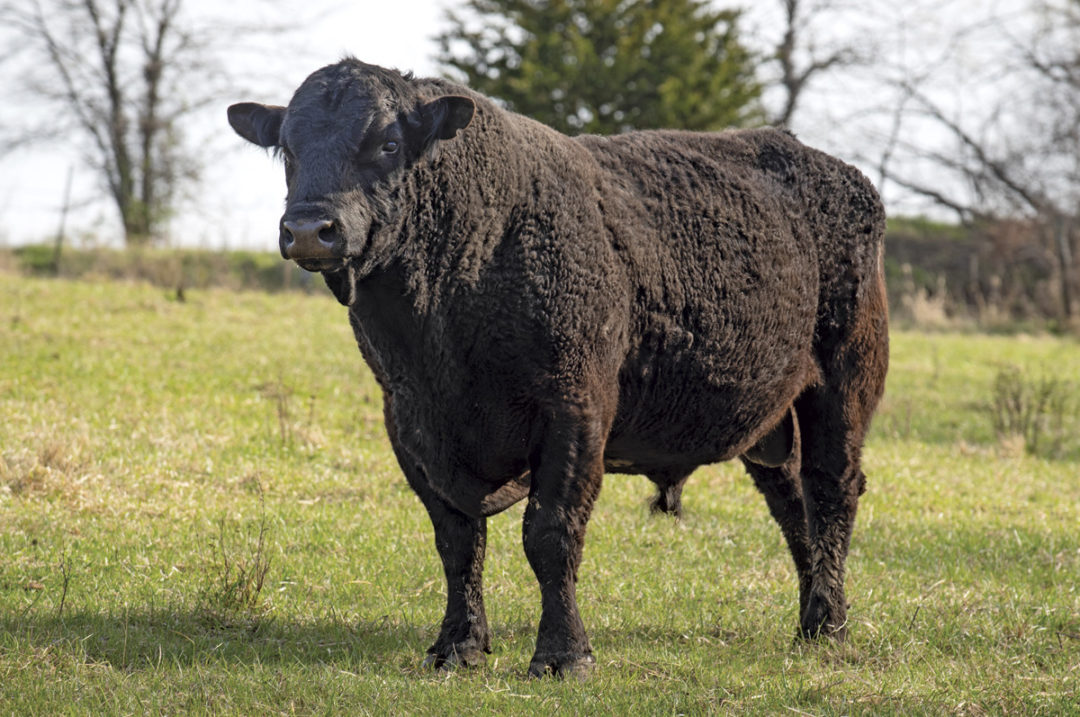Trichomoniasis, most commonly known as trich, is a devastating disease affecting cattle. It causes infertility and early embryonic death, leading to a high percentage of open and/or late-bred cows. The enormous cost of open cows, the veterinary and laboratory costs for investigation and diagnosis, and the costs of culling and replacing animals can lead to considerable economic strain.
It is important for producers to know what trich is and how the condition is spread. Trich is a venereal disease in cattle; the pathogen lives in the genital tracts of cattle and is spread from infected bulls to cows and from infected cows to bulls during breeding. Bulls carry the disease and can remain infected indefinitely. Most cows clear the infection within three to five months, but immunity is short-lived and reinfection is possible. The only way trich enters a herd is through an infected animal. The most obvious avenue is by introducing an infected bull or cow into the herd. However, it’s not uncommon during shared grazing, or a breach in the boundary fence, for infected neighboring cattle to breed with – and thus infect – a herd.
Some may wonder what common symptoms of trich may be displayed; however, trich does not cause any apparent illness in infected animals. The only sign that trich is in the herd is reproductive problems – a large percentage of open cows, multiple heat cycles and an increased percentage of late-bred cows. During pregnancy diagnosis, your veterinarian might also notice an increased incidence of pyometra, or pus-filled infection of the uterus.
Depending on the number of trich-positive bulls turned out with cows, New Mexico State University estimates the loss in the first year’s calf crop can be as high as 50%.
In regard to how trich is diagnosed, trich should be suspected in herds with poor conception rates and an extended calving season. A diagnosis is confirmed by testing the bulls for the presence of the organism. To do this, your veterinarian will collect preputial scrapings from your bull and send the sample to a lab for analysis. If one bull is infected, you must assume the whole herd is infected. Diagnosis in cows is difficult and not practical in most situations.
What are treatment and control options when it comes to trich? There is no treatment for trich. Once your herd has been infected, you must cull all bulls that were part of the affected breeding group, as well as any cows with pyometra. Some cows can become long-term carriers. Typically, these cows will have a chronically infected uterus, so you will be able to tell if they are going to be chronic carriers of this disease. With trich, the best option is to practice strong biosecurity and sound management to prevent introduction of trich into your herd.
Best practices for trich prevention
- Do not introduce infected animals. Buy young, virgin bulls from a reputable breeder and perform a trich test on all bulls as part of the pre-breeding fertility exam. Testing bulls will be the easiest and best way for operations to test for the disease.
- Should you have a positive in your bull, it is a safe assumption that it’s in that entire breeding group. Any bull in the breeding group that is positive should be culled from the herd; this is the most practical way of getting the disease under control.
- If you loan or lease out your bull to other producers, test your bull for trich before loaning them out and before reintroducing them back into your herd.
- Do not buy open or short-bred (less than 120 days) cows. A cow that’s infected with trich will not be bred for longer than four months; if a cow is infected with trich, she will lose her calf.
- Maintain good perimeter fences to segregate groups and neighboring herds.
- If shared grazing is necessary, communication is key. Work with your fellow producers and veterinarians to implement a trich control and prevention protocol.
- Implement a defined breeding season and maintain good records of pasture groups and pregnancy status.
- Vaccines are available to help offer herds protection against trich. While the vaccines do not entirely prevent embryonic death or infertility, when administered to cows, the vaccines have been shown to help decrease the reproductive consequences and help them clear the infection faster.









